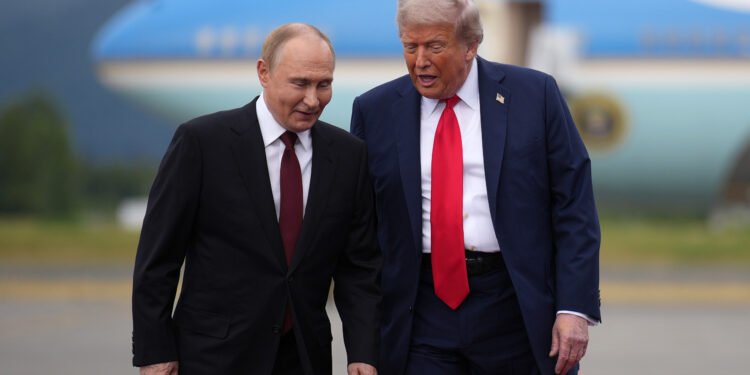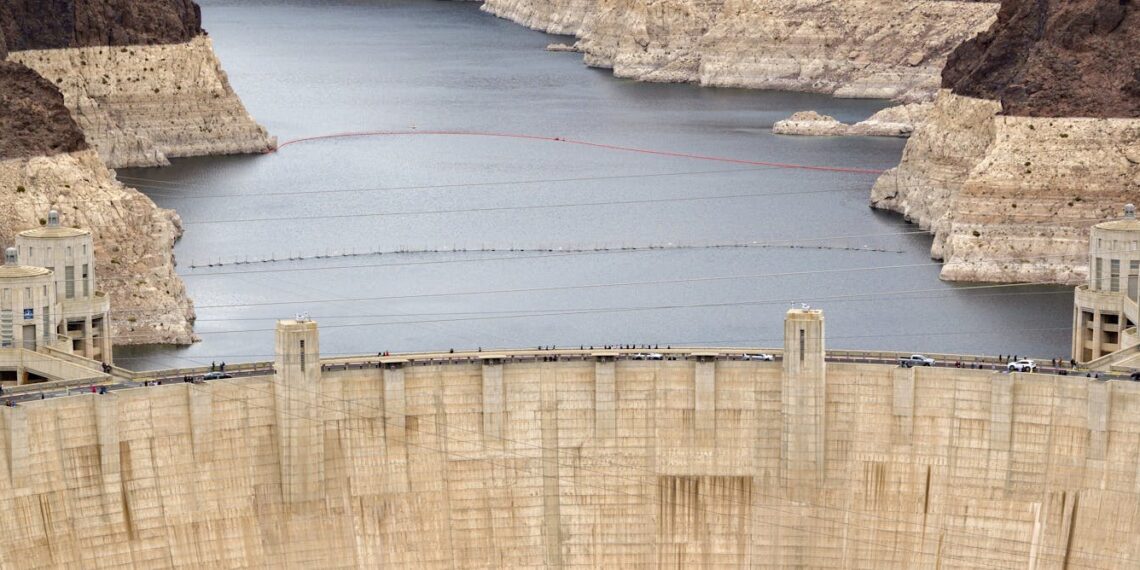Login to Continue Learning
On July 14, Trump threatened “secondary tariffs” on Russia if Putin did not agree to a deal within this timeframe. Since then, Trump revised the deadline down to 10-12 days and met with Russian leaders in Alaska. However, the White House has not announced any direct economic measures against Putin.
Yuriy Boyechko, CEO of Hope for Ukraine, told Newsweek that Trump’s deadline had “produced no progress toward peace.” Russia continues its bombardment of Ukraine, raising questions about whether Trump will follow through on his threat to impose further tariffs.
The 50-day timeframe was aimed at pressuring Putin. However, as the war in Ukraine persists, there will be scrutiny over whether Trump will implement the threatened secondary tariffs, which could affect Russia’s economy and military capabilities.
During a joint press conference on July 14 with NATO Secretary General Mark Rutte, Trump said that the U.S. would impose “severe tariffs” unless Putin agreed to a ceasefire within 50 days. The deadline was shortened to 10-12 days in early August, but no new sanctions were announced after Putin’s visit to Joint Base Elmendorf-Richardson in Anchorage.
Hope for Ukraine’s Boyechko stated that Putin used the 50 days “very well” by ending his diplomatic isolation and meeting with a U.S. leader while convincing Trump there was no immediate need for a ceasefire. Trump has been unable to follow through on his promise of economic sanctions as Putin intensifies attacks on civilians in Ukraine.
Brett Erickson, a sanctions expert from Seton Hall’s School of Diplomacy and International Relations, told Newsweek that secondary sanctions are merely “theater.” He argued that the missiles over Kyiv prove they were never meant to be effective but only as talking points.



















